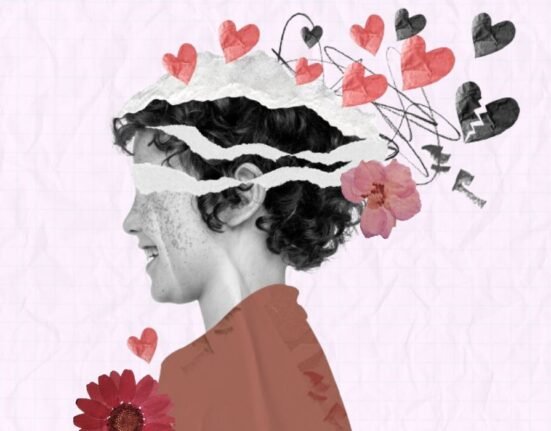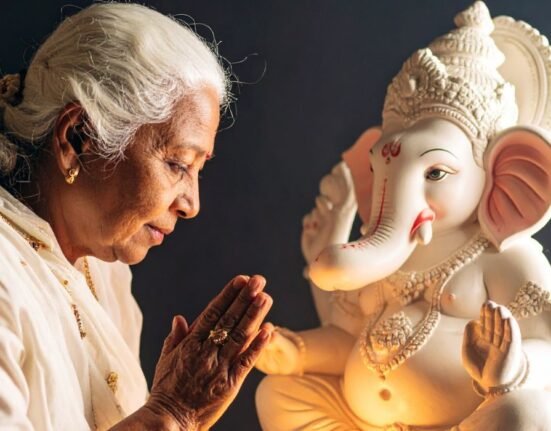You’re dark but hey, you’re quite pretty for a dark skinned girl.”
– is one of the few most common comments made upon dark women by the society of un-dark people in India, but how much do they actually mean it?
Color obsession is not a new term around us. Skin color is an important facet of one’s identity, and shapes an individual’s self-recognition. Discrimination between the light skinned and the dark skinned has prevailed in the society since the times of servitude and captivity. If noticed, these distinctions in the shades of skin can be traced back to as long as one can remember, one of the contributing factor is on the basis of richness and poverty. In the older times, the rich, the nobles, always stayed indoors and the slaves worked under the sun. And they passed their respective genes to their future generations as well. We can still find these genes of passing even today. In modern era, the discrimination and ill treatment starts the moment a child is born. Relatives start comparing their skin tones to other siblings of the family. Then at schools they are called names that clearly symbolize darker objects and beings. You will be amazed to know that a child of first grade understands the difference between skin colors and stigma attached to it and unapologetic-ally uses it to bully and pass sick comments on brown children around them. The very famous ‘Doll Test’ clearly shows us the way a child looks and interprets skins and tones. Not just white but black children as well choose white over black dolls reasoning black is bad, black looks evil and is ugly.
Nowadays, even when the mentality is broadening with time, leaving no section of society to escape, women still experience discrimination based on skin tone in more particular and idiosyncratic ways. Skin tone is an important characteristic in defining beauty and beauty is an important resource for women (Hunter 2001; Wolf 1991).
A good amount of pressure is put onto them to look beautiful, beautiful in sense of lighter skin tone. Use of skin brightening cosmetics and medicines claiming of complexion improvement are common among Indian females and with the growing access to mass and media and modernization, even men are starting to use more of these products after these color obsessed companies started worrying about men skin and brought products for men too. Researchers have found visible differences between the education patterns of white and black children all over the world. Color discrimination can also be easily noticed in the opportunities in the labor market, trade of profession and matrimonial alliances.
But, How badly does this discrimination based on skin tones affect one’s mental health?
A number of studies and experiments have led to the findings that, a long-term discrimination of color faced and witnessed by a person can lead to several mental disturbances and disorders. Some major illnesses are like, Body Dysmorphic Disorder, body image issues, anxiety, social anxiety, trauma symptoms, low self-esteem, depression and our very underrated high risk factor, stress. (Noble, 2012). And some common emotional reactions that gets built on because of this unfairness are like fear, hypervigilance, self-blame, confusion, shame and guilt and more.
Dark skinned partakers have often complained about, and, counted on feelings and scenarios of powerlessness and imbecility when confronting situations of social, economic and relational opportunities because of their skin tone. Colorism affects how someone sees and feels about themselves, how someone treats themselves and their actual behavior in various situations. Colorism attitudes contribute to higher rates of sexual risks and substance use behaviors and abuse disorders. Hazardous acts like skin bleaching is also one of them. Continuing exposure to stereotypes can result in self-stereotyping. A person begins to behave in ways congruent with those stereotypes. They gradually stop socializing, going out, meeting people. They choose nights over days to go out for groceries, wear full sleeves to hide more of the body parts.
While conducting research on dark females, it was found that many a times, they witnessed situations where they assumed that attention was not paid on their words by the other person rather their attention got diverted to the flaws on their skin unintentionally. They confronted they stopped making eye contacts with people. They wouldn’t raise their heads when they spoke for they feared people to judge them silently in their heads. They witnessed situations of not gaining enough importance in a group of races and their ideas not being given enough values and feedback.
Talking about a major field of inspiration and impact, industry of films, more specifically, the Indian film industry has been presenting a picture, that sets a standard that believes fair is loved, fair is wanted more than brown or dark skin. They make the colored or dark skin tone people do the negative roles while white or fair skin tone people, the heroic ones. Though, this scenario has changed to some extent over past few years, but its still a long way from being completely accepted and to end discrimination for the makers as well as the viewers.
The mindset as well as the ill treatment towards the colored people by the civil forces, legislation and the regime of a state in crime or transgression aspects also clearly states how they have been looked on and abused since a long past. The recent incident of George Floyd is a recent example of this. Not only this, but if we research more on the life and death of colored people and how they were treated, a whole list of names and identities of people who lost their lives or loved ones because of this color racism will surface. In fact, there is a direct linkage between race and psychological well-being. Long run researches, have stated that blacks get diagnosed and suffer more psychological disorders and distress compared to the white. And these illnesses tend to persist for a longer period of time in blacks, when compared to whites. A report by APA in 2016 said that 35% of African Americans, 22% of Asians 34% of American Indians, 23% of Blacks face discrimination on an everyday basis.
I believe this practice of colorism is a mental illness in itself which needs to be uprooted ruthlessly. It’s high time we change the mindset and end the discrimination. Mental health is important, opening up, talking more about it, talking about how it affects our mental health will help in getting people more familiar with this term and its effects in the real world. Exposing its harsh truth, how it kills the confidence and self-esteem of the darker community in such highly competitive world, how it deteriorates their capacities, and how they lose their will power due to the discrimination faced in several fields will lead to many major changes in the system.
Organizations need to provide equal opportunities and chances to colored people; look beyond looks; judge beyond skin shades. Children need to be taught about the beauty of all skin types. More whites need to be open and need to accept darker people as their mates for relational or marriage purposes. Subsequently, we could help people affected by this color discrimination to change their mindset about themselves, unlearn their self-prejudices and praise the beauty of the skin. We can help them to love themselves without the feeling of need to alter their bodies.












Leave feedback about this